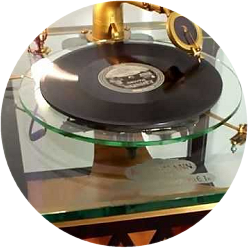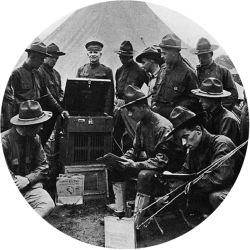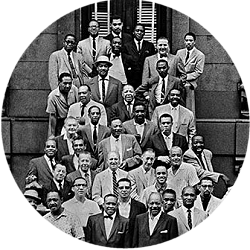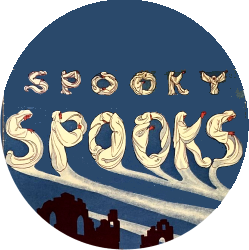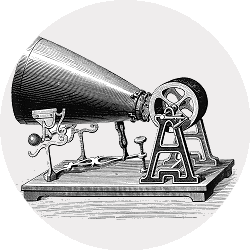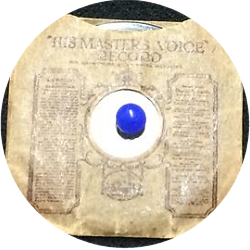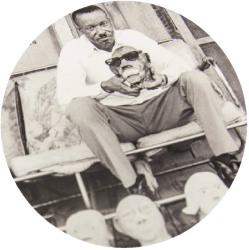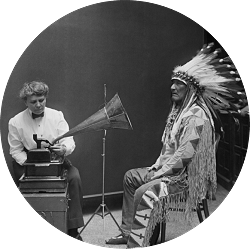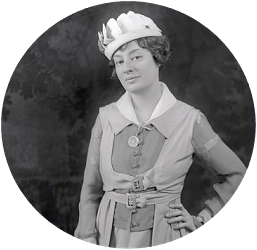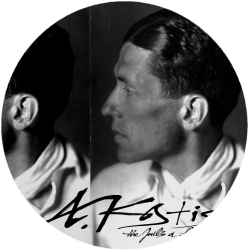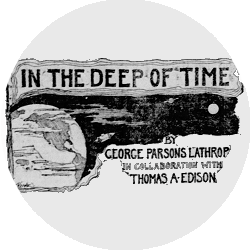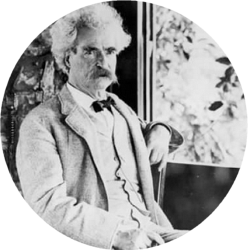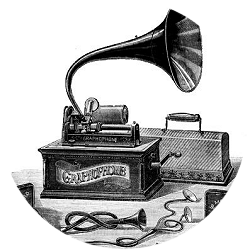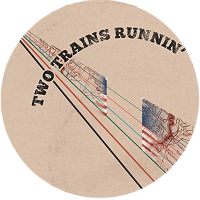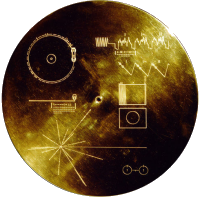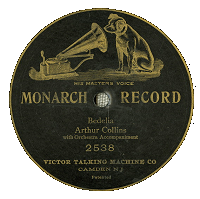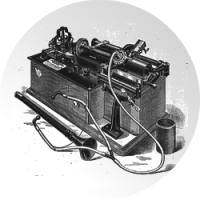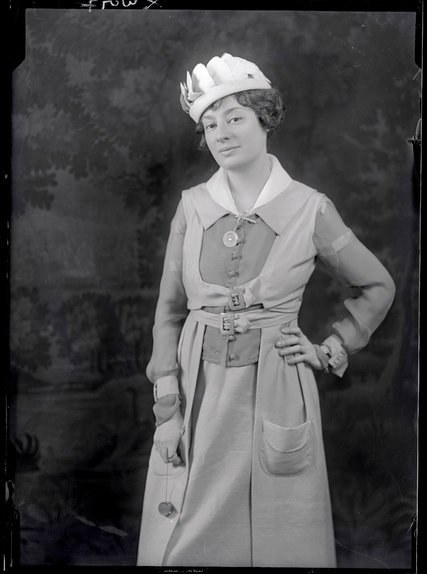 She was brought to Woodlawn Cemetery in the Bronx, where scores of famous entertainment figures rest under elaborate tombs and monuments.
She was brought to Woodlawn Cemetery in the Bronx, where scores of famous entertainment figures rest under elaborate tombs and monuments.
But Ms. Bayes, a notorious diva who demanded star billing and treatment, was unceremoniously stored away in a receiving tomb where bodies are often kept while burial arrangements are made.
As countless other bodies cycled through, she remained in the receiving tomb for 18 years. In 1946 she was finally buried in a Woodlawn grave, but to this day it is unmarked.
Now, 90 years after her death, Ms. Bayes received a headstone. On April 21, a group of Nora Bayes enthusiasts gathered at her grave site — Sassafras Plot, Section 129 — where a simple granite headstone was be unveiled.
The program included singing her signature tunes — including her 1908 hit “Shine On, Harvest Moon,” and “Over There,” which she helped popularize in 1917 — and playing her original 78 r.p.m. records on a windup phonograph operated by Michael Cumella, a devotee from Brooklyn who last year began crusading for the headstone after having difficulty finding Ms. Bayes’s grave.
After looking further into her burial, Mr. Cumella found more mystery. After Ms. Bayes’s death, her fifth husband, Benjamin Friedland, continued to make monthly payments to Woodlawn over the 18-year period so that Ms. Bayes could remain in the receiving tomb, even after he remarried and continued to raise the three young children Ms. Bayes had adopted before marrying him in 1925.
The sensational headlines that she made during her life continued, as newspapers continued to run articles on the oddity of Ms. Bayes, a pre-eminent star of Broadway and vaudeville, remaining in limbo. Mr. Friedland, who retained sole burial rights for Ms. Bayes, gave no public explanations, nor did he accept offers from her fans and peers to handle the burial.
After Mr. Friedland died in 1946, his second wife, Louise Clarke Friedland, bought a plot at Woodlawn so that he and his famous first wife could be buried side by side. Ms. Friedland never placed a headstone to mark the pair, and never joined them when she died in 1973. She was cremated elsewhere.
Ms. Friedland never explained publicly why she had purchased a plot large enough for five coffins, just to bury those of her husband and Ms. Bayes together, with no apparent intention of being buried there herself, said Susan Olsen, the cemetery historian.
“We have people buried here with ex-wives, with multiple wives,” she said. “Sometimes the placement of the remains tells the story in itself.”
There was no mention of burial or funeral arrangements in Nora Bayes’s will, said her youngest grandchild, Ginny Bayes, 58, of Colorado Springs.
Family speculation was that it may have been Mr. Friedland’s wish to be buried at the same time as Ms. Bayes, “allowing him to spend eternity alongside his beloved first wife,” Ginny Bayes said.
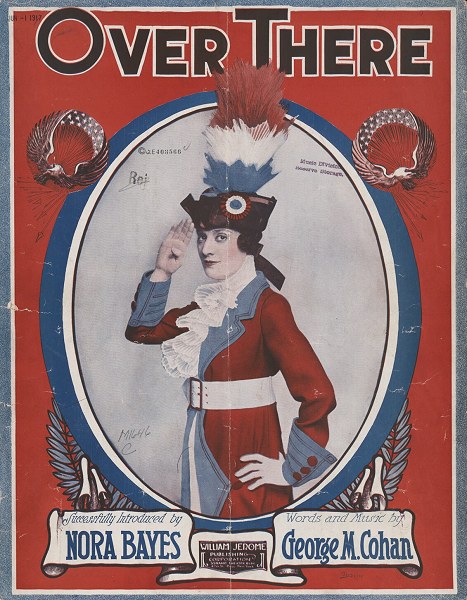 Ms. Friedland may have purposely left the graves unmarked because she “did not share his enthusiasm” for this arrangement, Ginny Bayes said, or it simply may have been the wish of Nora Bayes, who was very private about parts of her personal life. Ultimately, Ginny Bayes said, “It was a mystery then and is still a mystery today.”
Ms. Friedland may have purposely left the graves unmarked because she “did not share his enthusiasm” for this arrangement, Ginny Bayes said, or it simply may have been the wish of Nora Bayes, who was very private about parts of her personal life. Ultimately, Ginny Bayes said, “It was a mystery then and is still a mystery today.”
Ginny Bayes said her father, Peter Bayes, the youngest of Ms. Bayes’s three adopted children, attended the 1946 burial. But perhaps because he was so upset by his mother’s death, he may never have visited the grave after that and may not have known that it remained unmarked. Ginny Bayes said the issue of the unmarked grave never came up among his six children, whom he raised in Colorado, until she realized it while doing genealogical research several years ago.
Without a headstone, Ms. Bayes remained largely left off the cemetery’s long lists for visitors of notables, which include Duke Ellington, Miles Davis and Irving Berlin.
Mr. Cumella, who collects and repairs crank-up phonographs like Victrolas and has a collection of original Nora Bayes records, was hoping to add Ms. Bayes’s grave to a Woodlawn tour he conducts while using a portable antique turntable to play records of jazz and vaudeville greats at their grave sites.
A group Mr. Cumella took to Woodlawn last summer was moved when he placed a Victrola beside Ms. Bayes’s grave site and played “Turn Off Your Light, Mr. Moon Man,” which Ms. Bayes wrote with her second husband, Jack Norworth. (Mr. Norworth also wrote the lyrics to “Take Me Out to the Ballgame,” which was first performed by Ms. Bayes.)
Around that time, Mr. Cumella asked Woodlawn officials why Ms. Bayes had no marker. They said that they needed permission from the purchaser of the plot, Ms. Friedland, but that they could not reach any of her descendants. Still, Woodlawn officials told him they were looking to honor Ms. Bayes, especially having just received an outpouring of responses to a Facebook post about the centennial of “Over There,” which Ms. Bayes was chosen to debut by its composer, George M. Cohan, who is also buried at Woodlawn.
Prodded by Mr. Cumella’s monthly emails, Woodlawn officials told him a headstone would be created. After a renewed effort, they secured permission from a relative of Ms. Friedland’s, Ms. Olsen said.
She noted that Woodlawn had prominent figures who spent decades in unmarked graves, including the journalist Nellie Bly and the jazz luminaries King Oliver and Sonny Greer. And many people have spent long periods in Woodlawn’s receiving tombs while their monuments were constructed, including Miles Davis (nine months), the financier John Harbeck (eight years) and F. W. Woolworth (two years), according to Ms. Olsen.
But, she said, Ms. Bayes is “pretty much the record-holder.”
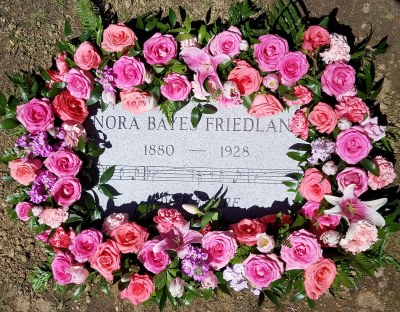 In her day, Ms. Bayes was one of the highest-paid women in the world. A charismatic figure, she courted scandal and tangled with theater bosses, including the powerful Florenz Ziegfeld Jr., who made her a member of the Ziegfeld Follies and battled Ms. Bayes over her rivalry with another Follies member, Sophie Tucker.
In her day, Ms. Bayes was one of the highest-paid women in the world. A charismatic figure, she courted scandal and tangled with theater bosses, including the powerful Florenz Ziegfeld Jr., who made her a member of the Ziegfeld Follies and battled Ms. Bayes over her rivalry with another Follies member, Sophie Tucker.
During her lifetime, Ms. Bayes had a Broadway Theater named for her on West 44th Street. She was depicted in the 1944 biographical film “Shine On, Harvest Moon” and was played by Frances Langford in the 1942 movie about Cohan, “Yankee Doodle Dandy” with James Cagney.
Mr. Cumella called the headstone the fulfillment of a graveside promise to the spirit of Ms. Bayes last year.
“I communed with her for a moment and made a pledge that I would see what I could do,” he said.
“I said, ‘Let’s just do it, because she deserves it,’” he added. “I didn’t let it go.”
Courtesy New York Times





